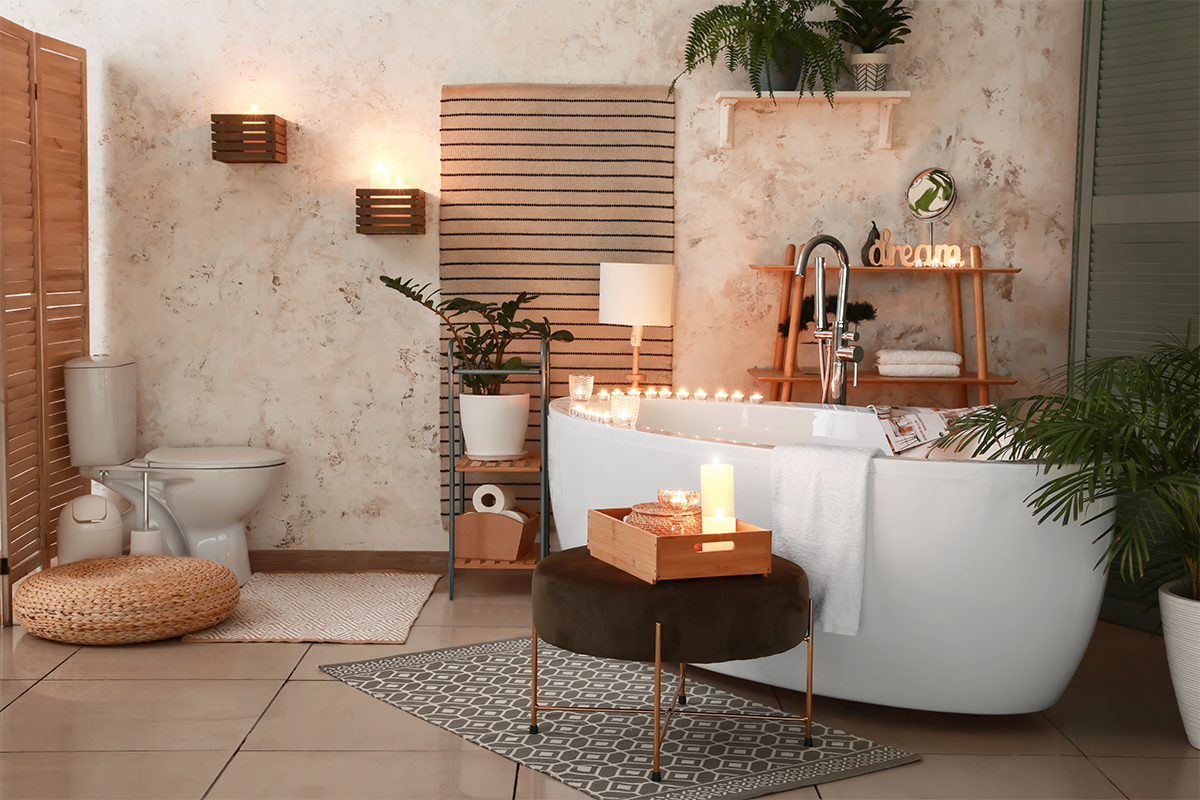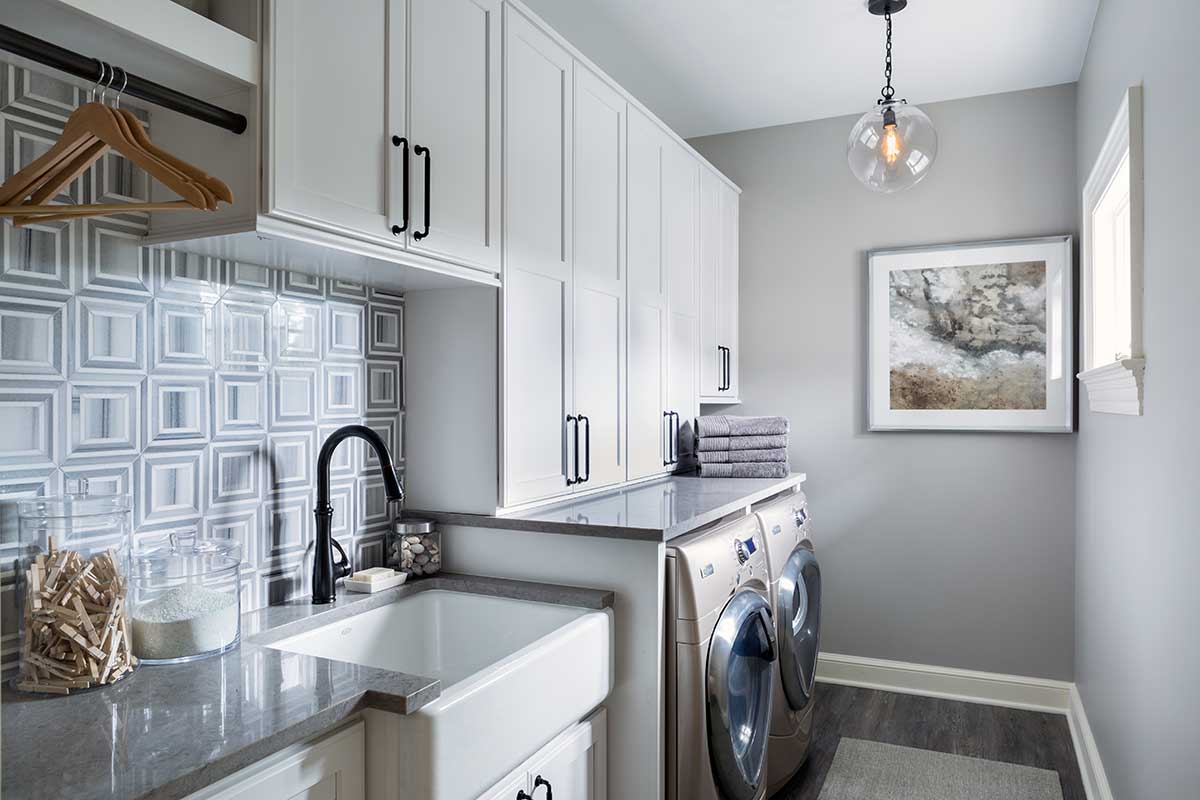
Although the idea of a woodpecker might seem charming in a bird-watching capacity—its fluffy, red-feathered head might look adorable from afar—when a hungry one is pecking away at your home, it not only sounds like a jackhammer, but it’s also a pest problem. Even though the birds bore holes into a home’s exterior, that provides little solace inside the home for affected homeowners.
Chuck Khiel, vice president of Fred Home Improvement, a division of Case Design Remodeling, recalls a home in Reston that needed such attention. Over the years, the homeowners repaired sections of their cedar home piecemeal, and in no time, the woodpeckers would strike again. Like a game of whack-a-mole, workers would be back at it, patching the freshly pecked areas. But after a while, the homeowners knew they needed a permanent fix.
Cedar is a naturally preserved wood, says Khiel, and it requires constant maintenance. “The expansion and contraction causes it to split and crack. Ants get in. Carpenter bees get in,” and at that point, he says, the woodpeckers “are relentless. They’re hungry. That’s what they do.”
Khiel and his team had to make sure the solution for the new exterior met the homeowner association’s requirements—while no longer serving as a draw for the local woodpecker population.
Having worked on other homes with woodpecker problems, Khiel knew the go-to material immediately. “We needed to make it an impenetrable barrier,” he says. He chose James Hardie fiber cement siding for its texture and woodgrain look stamped into it, which “alleviated the problem. It was a big project, but it was sort of a cure-all,” he says.
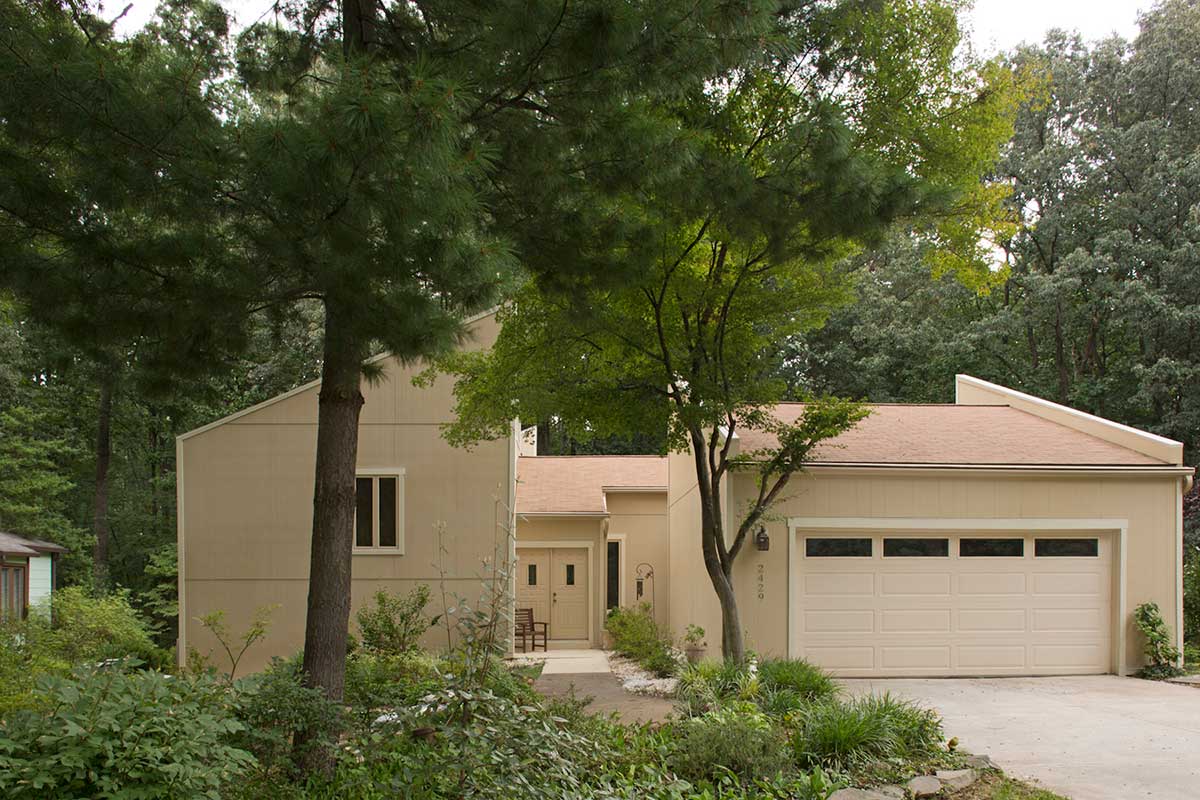
Improving Indoor Air Quality
While the case of the persistent woodpeckers might be extreme—and outside the home—there’s likely something inside our homes that we’re all battling. Some are only mildly affected by the air we breathe. But for asthmatics or those prone to pollen or other allergens, things like pests, dust, pet dander, mold, moisture and other pollutants can cause severe respiratory problems.
The American Lung Association says poor indoor air quality can lead to infections and lung cancer. And according to Harvard’s Joint Center for Housing Studies, 70 percent of participants surveyed are concerned about indoor air quality.
Breathing clean air, drinking filtered water and seeing to proper humidity levels help make a home’s level of comfort just right.
Experts say creating and maintaining a healthy home is an important, ongoing effort but that living comfortably in our homes is paramount to our well-being.
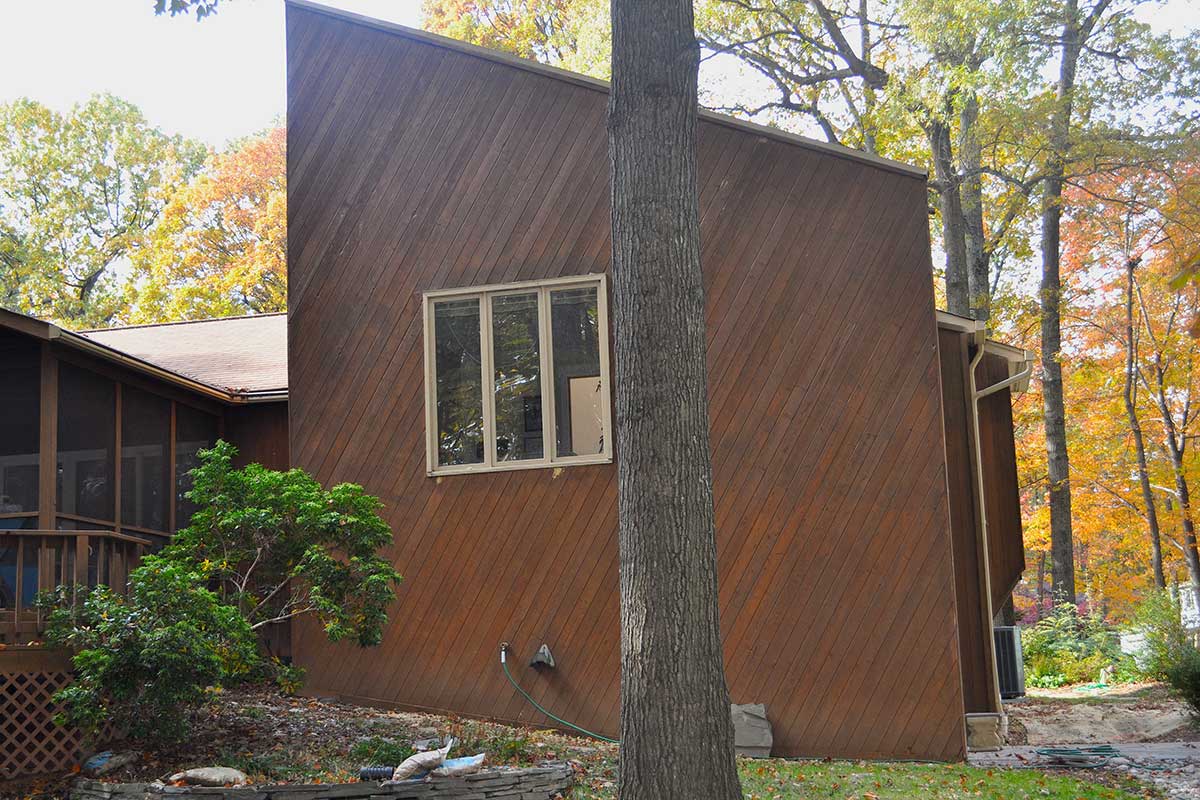
Fortunately, there are products and tools—and experts—that can help make these chores more manageable. From painting your home’s interior with now-commonplace paints that have low or no volatile organic compounds to wiping down countertops to protect your family from germs, there are steps you can take to breathe easier.
Khiel says homeowner concern for breathing healthy air is much more prevalent now than in recent years. Khiel and his industry colleagues often find themselves essentially in the business of educating consumers.
HEPA filters inside the ducts of a home’s central air system have the dirty job of taking “all the allergens and dust particles and 99.999 percent of anything in the air out of the air. So what’s coming out of the ducts is now pretty darn clean,” says Khiel. And he says the future of HEPA filters holds even more promise, with the likelihood of taking out even more pollutants.
When Khiel inspects a home’s existing ductwork, more often than not, he finds those dusty ducts are in need of attention. But once they’re cleaned, “they’re pretty spit-shine when they’re done.” After that, he says, “you’re just pushing clean air back and forth; it’s just a matter of conditioning.”
We want our homes to be comfortable all year—and in this part of the world, that often means battling extreme heat and cold.
Basements tend to be cool and dank—prime environments where mold can grow. One of the challenges homeowners face is how to move that stagnant air and make it healthier. A low-powered, in-wall fan unit installed in the basement that runs intermittently allows more air to get filtered back through the home’s main return, says Khiel. “It’s a simple thing to do, but it’s a really good idea.”
Basements are also known to harbor humidity. Experts say the appropriate home humidity levels should be between 40 and 60 percent. That often means adding humidity on cold, dry winter days and subtracting it on those soupy summer days.
Tina Beauchain, owner of Beauchain Builders, says that controlling the humidity in your home does a body good, but it’s also good for a home’s bones.
“One of the most common issues that we see is cupping in hardwood floors,” she says, “And when you see that, you know there’s a presence of moisture. A lot of times clients will say, ‘Our furnace has humidity control.’”
But what they don’t realize is a lot of moisture transmits through concrete. Beauchain says that if there’s a lot of rain or when the air is naturally more humid in summer, she’s experienced basements where she can almost feel the water.
“If you don’t control the moisture in your basement, you’re going to have other issues in the house,” she says. “The first thing we always recommend is just a simple dehumidifier.”
In her own home, she runs the dehumidifier in her basement all summer long. “It’s best if they are set up so they can self-drain. That way you don’t have to check them because I will guarantee you, if you get a 30-gallon dehumidifier or a 20-gallon dehumidifier, you’re emptying it—if not once a day then once every other day.”
Setting it up to self-drain is simple if the basement has a utility room with a drain in the floor. Then it’s just a matter of running the hose of the dehumidifier. Tuck them into the utility room, and their quiet presence is almost undetectable. “They don’t run when they’re not working,” says Beauchain. “They only turn on when they need to turn on, then they shut off.”
But for those looking for a whole-house solution—that is, to control humidity and circulate healthy air beyond the basement and throughout the home’s living areas—Beauchain installs the holistic Humidex.
“To control the existence of mold—that’s another benefit to having a dehumidifier in your basement,” she says. “Most people don’t humidify their basement. It’s up in the living areas that they worry about humidifying—bedrooms, especially. But for the basement, I would definitely recommend a dehumidifier in the summertime to both alleviate mold growth and to alleviate impact to hardwoods.”
Another issue of concern is combatting mold in bathrooms. When might homeowners call for help? “Usually, people bring us in when they start to see leaks,” says Beauchain. “They know there’s a leak happening; the drywall below their bathroom is getting wet. Most often when the shower is at that point, there’s usually some substantial mold growth happening under the shower pan.”
To put a fine point on it, when Beauchain and her team are called in, it’s often because a shower was previous poorly constructed. “When we pull out the shower pan we can see—I mean it’s nothing but a pit of black mold, and oftentimes the subfloor is starting to rot as well.”
But to keep that from happening again, Beauchain says, it’s “fairly inexpensive to do a waterproofed shower pan.” And she offers this mold warning: “If a contractor wants to use concrete in the shower pan, that’s a definite no-no. Concrete just loves moisture—it just soaks it up like a sponge.”
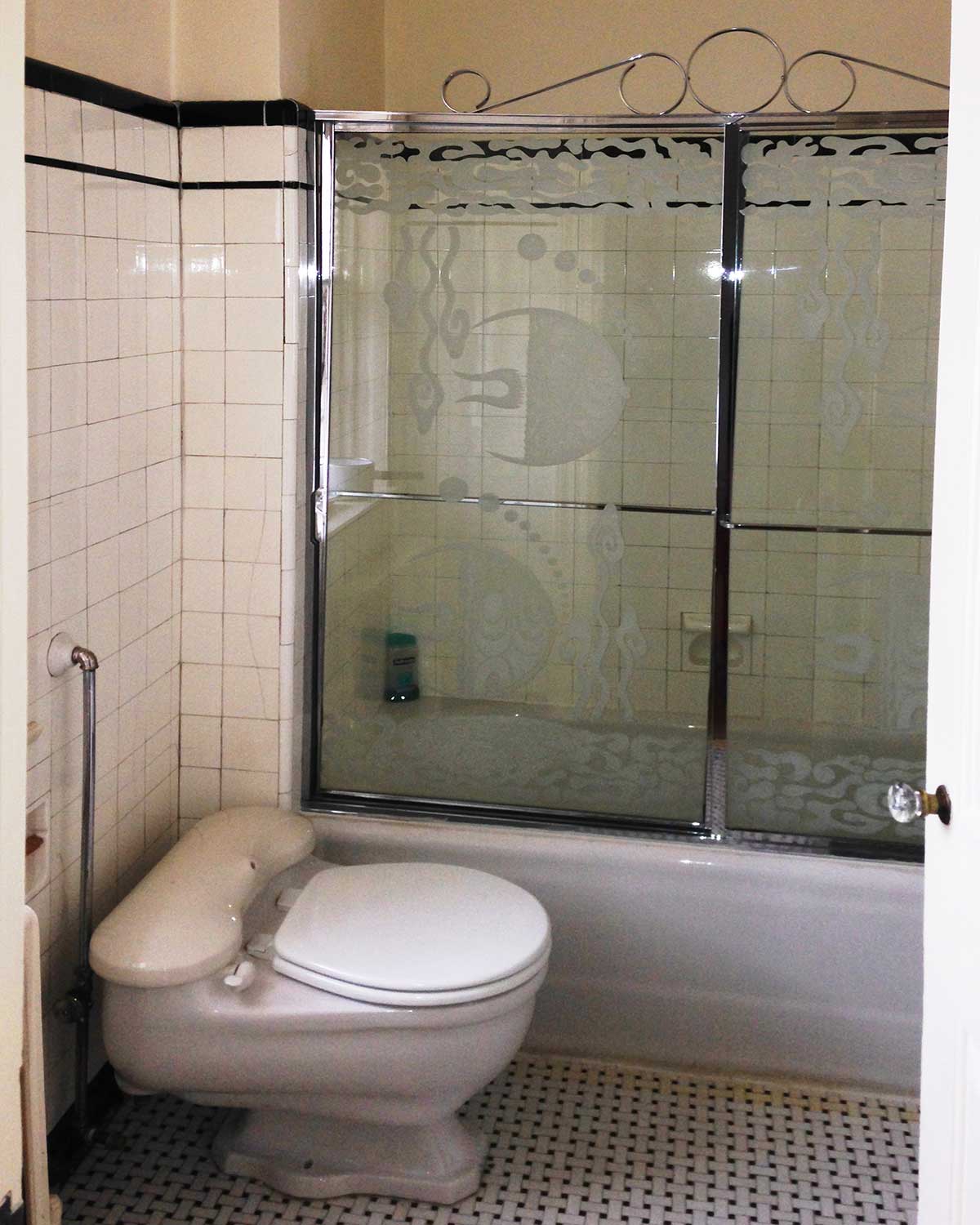
Fighting Germs
According to the EPA, concentrations of many VOCs are consistently higher indoors (up to 10 times higher) than outdoors. They are found in many products that we use in and around the home, from paint to household cleaners. Organic compounds are released even when containers are closed, so get old paint cans out of the basement and the garage, and be on the lookout for local county drop-off days to dispose of them and other hazardous materials.
Fortunately, technology has worked in favor of removing pollutants from interior paints and stains. Today, all the major manufacturers are making paints that are more eco-friendly and healthful. They are turning out low- and no-VOC formulas that don’t off-gas or emit toxins or odor and don’t sacrifice performance. And for those who are sensitive, that means no headaches, no sore throats and no watery eyes.
Sherwin-Williams recently released the superbug-repelling, EPA-registered Paint Shield Microbicidal Interior Latex Paint that kills 99.99 percent of MRSA, E.coli and staph. With touch-ups, it’s said to retain its effectiveness for four years after application. Like any other paint, it can be rolled on anywhere in the home: on walls, on cabinets, in high-traffic spots like sticky-fingered kitchens and germy bathrooms. Khiel has applied it on projects and is eager to see how it holds up over time.
He says more clients are doing their homework and researching environmentally friendly products and finishes online. He estimates that “half of our clients are already aware that these things are out there, which makes for great conversation.”
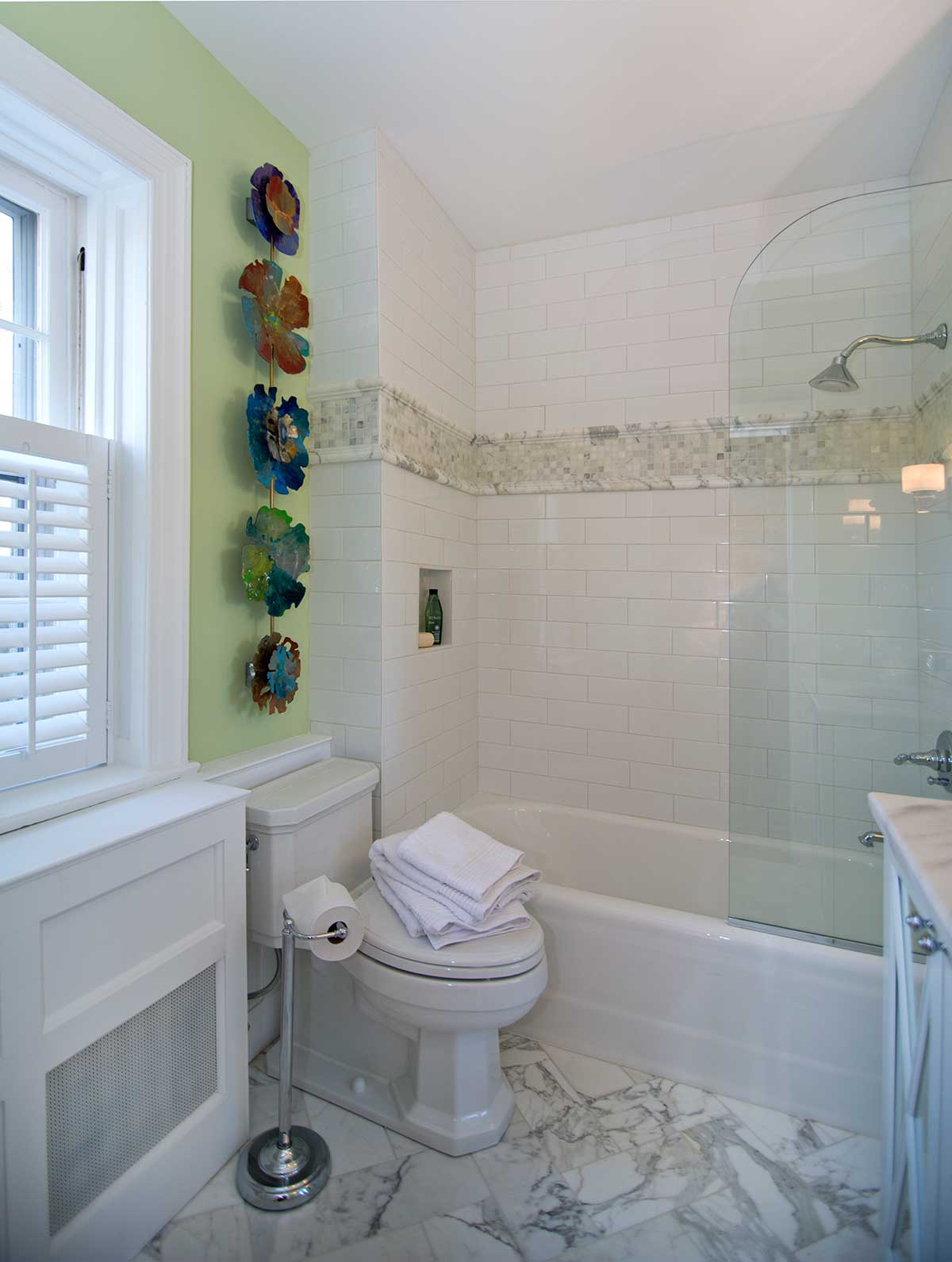
Beyond the Kitchen Sink
When it comes to water filtration, there are options. There’s reverse osmosis filtration, which can be installed as a whole-house system that delivers clean water to all water points (sinks, showers, appliances) or at the point of use, like a kitchen sink.
But the needs of most homeowners are satisfied with inside-cabinet filtration for their drinking water, says Khiel, often with the addition of a separate spout for instant hot water. The filtering system can be installed on the side of a cabinet so it’s not taking up precious under-sink real estate.
When it comes to central vacuuming systems, Khiel hasn’t seen a lot of interest. Although they can eliminate the old-school drive-and-drag of a traditional vacuum cleaner thanks to their far-reaching hoses, if homeowners are paying HOA fees, those often include a cleaning service. However, today’s highly designed canister and upright vacuums are super light and efficient at picking up dirt from all types of floors. Many have built-in HEPA filters and indicators that tell you when they need to be emptied. A proponent for the bagged vacuums, Jay Bazensky, a specialist at Ace Vacuums in Leesburg, likes the safe-seal feature, which “keeps the bad stuff from coming back to you.” And when the bag is full, there’s no mess; you just throw it away.
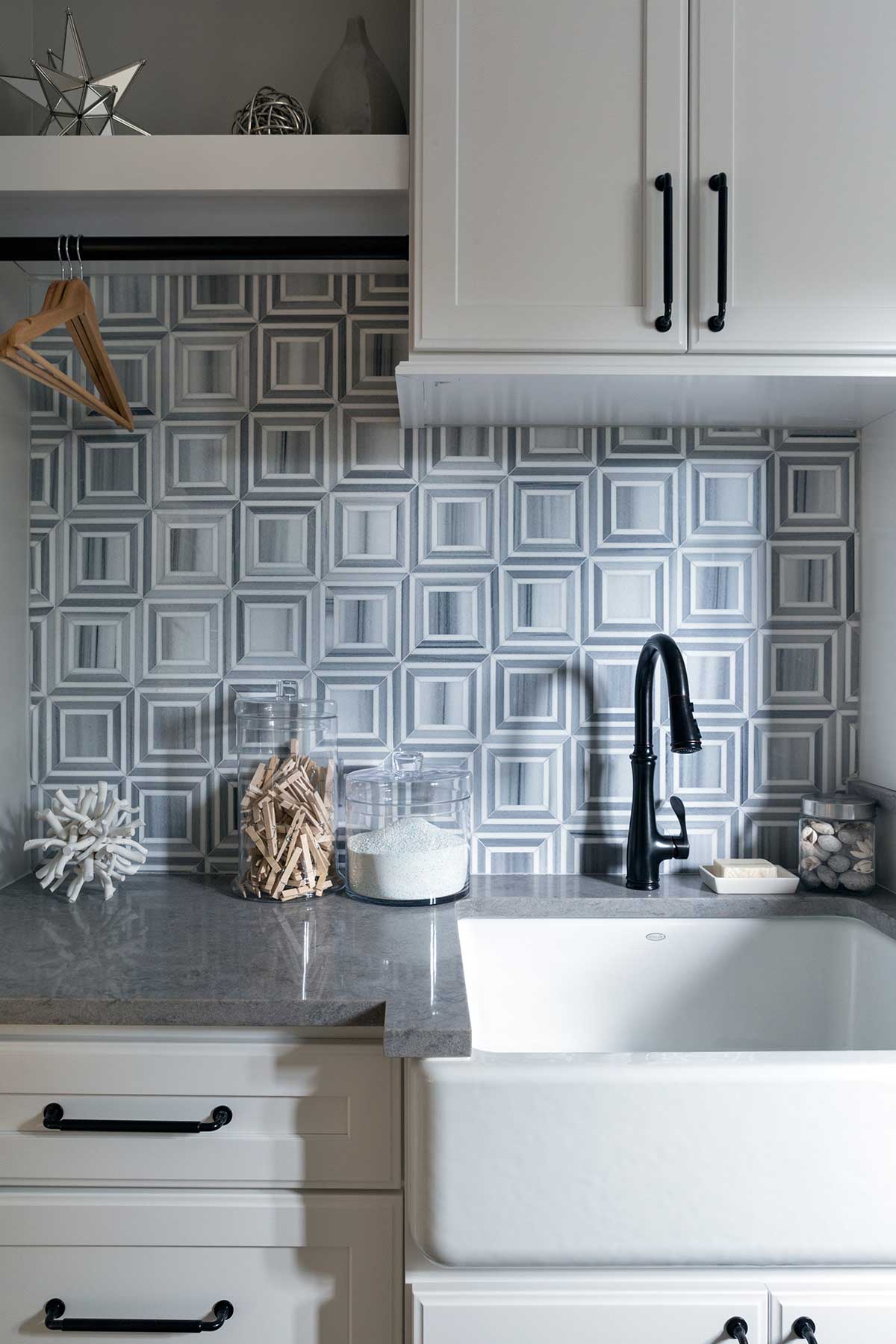
The Healthy Home
Our motto is: Seal it tight; ventilate right,” says Reuven Walder, founder and vice president of design build firm Ecobeco, which includes a division that performs diagnostic assessments on homes. Walder and his business partner created the company out of “a deep concern for natural resources and protecting what we have and using it wisely.”
Walder’s team is trained to look for health concerns in a home’s structure, “but we’re also looking at biological components. Anything living … which can be everything from mold, of course, to cockroaches, to mice, to even humidity in the air.”
Walder says in existing homes, ductwork often needs to be redesigned to better distribute air throughout the home, balancing comfort, efficiency and indoor air quality. And when it comes to air purification, “you need a good filter that performs well, and so having a filtration system that is going to effectively remove particulates from the air and other pollutants is very important.”
He installs a filter that’s 5 inches wide and “is designed so that the air will effectively be filtered down to very, very small particles.” An air cleaner in the airstream of the ductwork catalyzes VOCs, removing them from the air. There’s also an ultraviolet light, which he says is “a very effective device for killing bacteria in the air or mold that may grow in certain parts of the duct system.”
The guiding principle of a healthy home is to find what’s causing a health issue and fix it, he says. “Oftentimes people think: ‘I have a problem in my house with water, so I’ll put a towel down,’ or ‘Maybe I’ll divert the water to the drain,’ whereas maybe the solution is to find out what’s causing that water to get into the house. And so we don’t want to treat symptoms. We want to try to find the source of the problem and fix it.”




